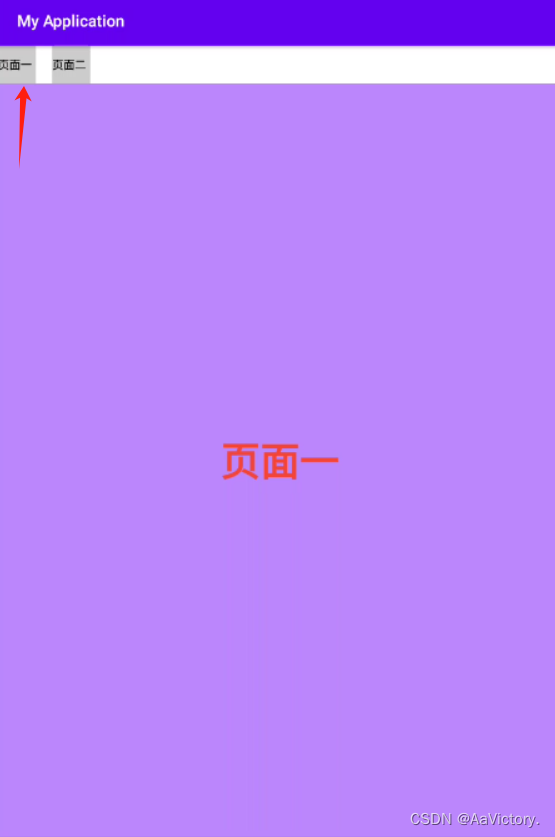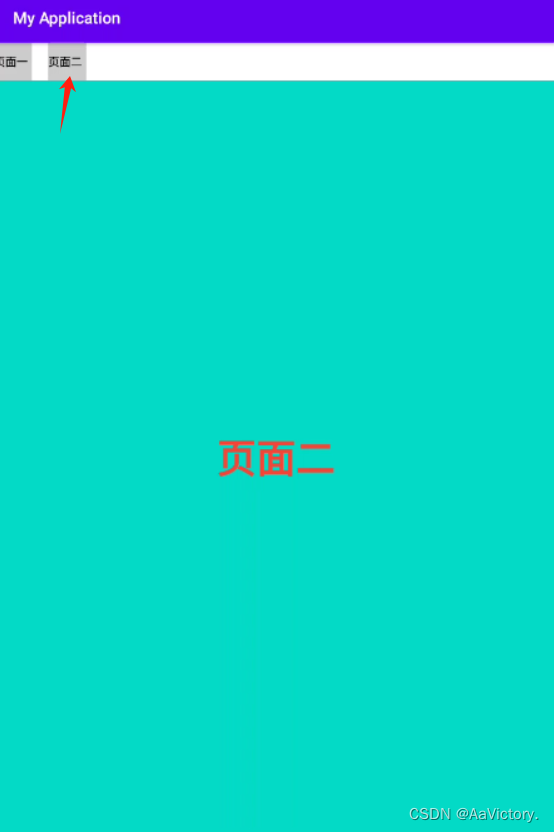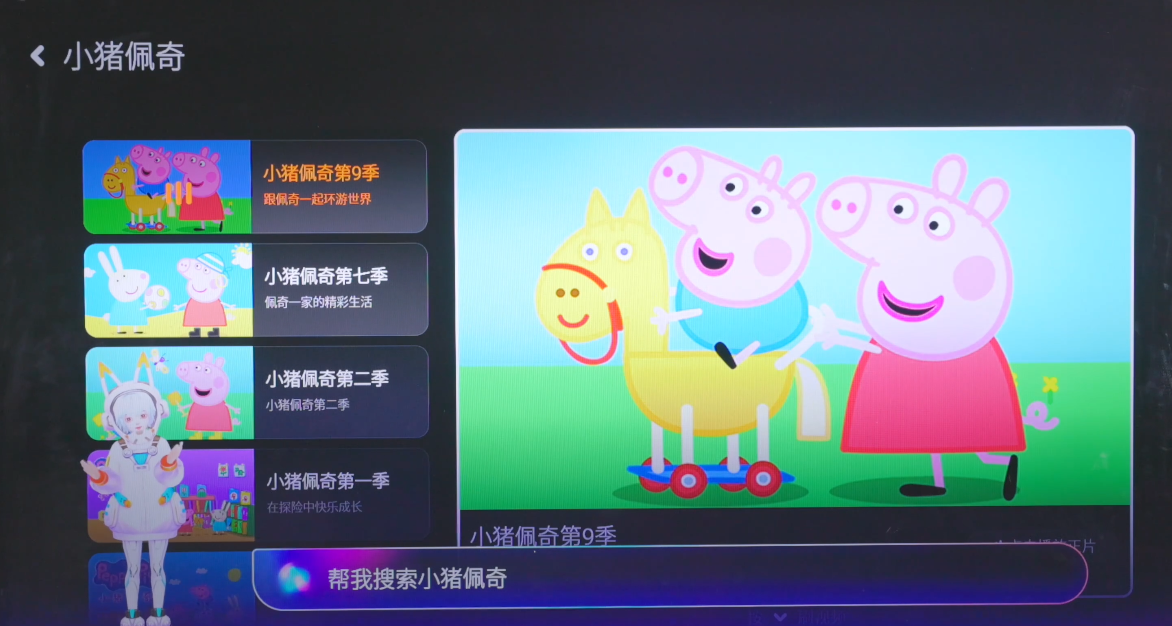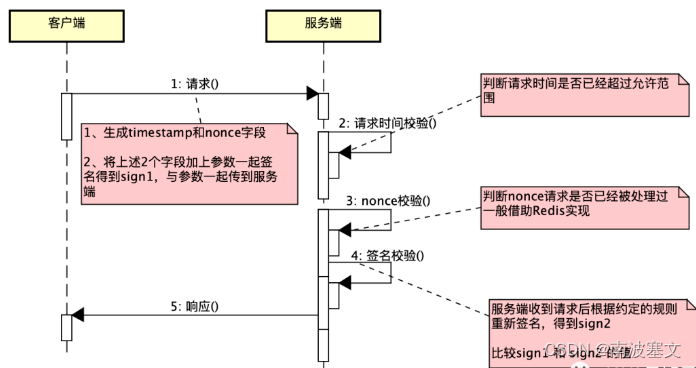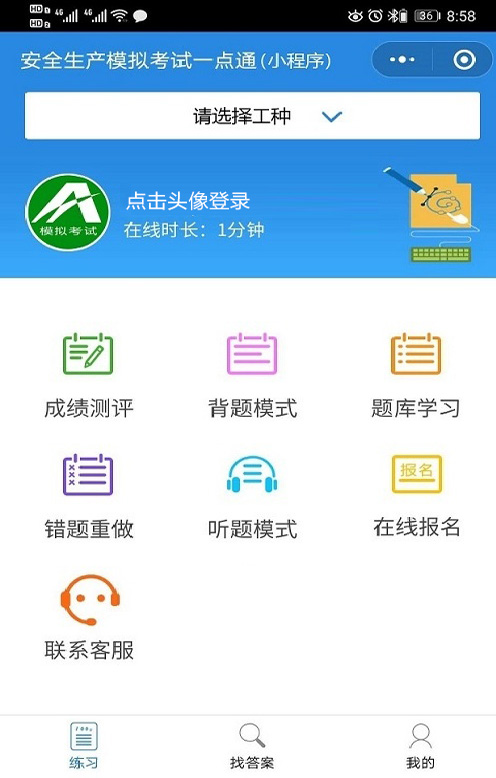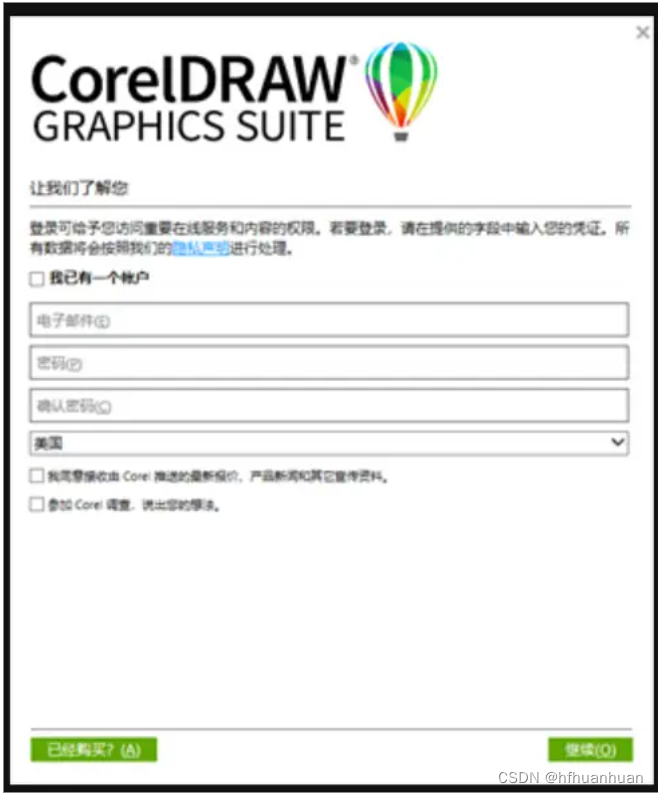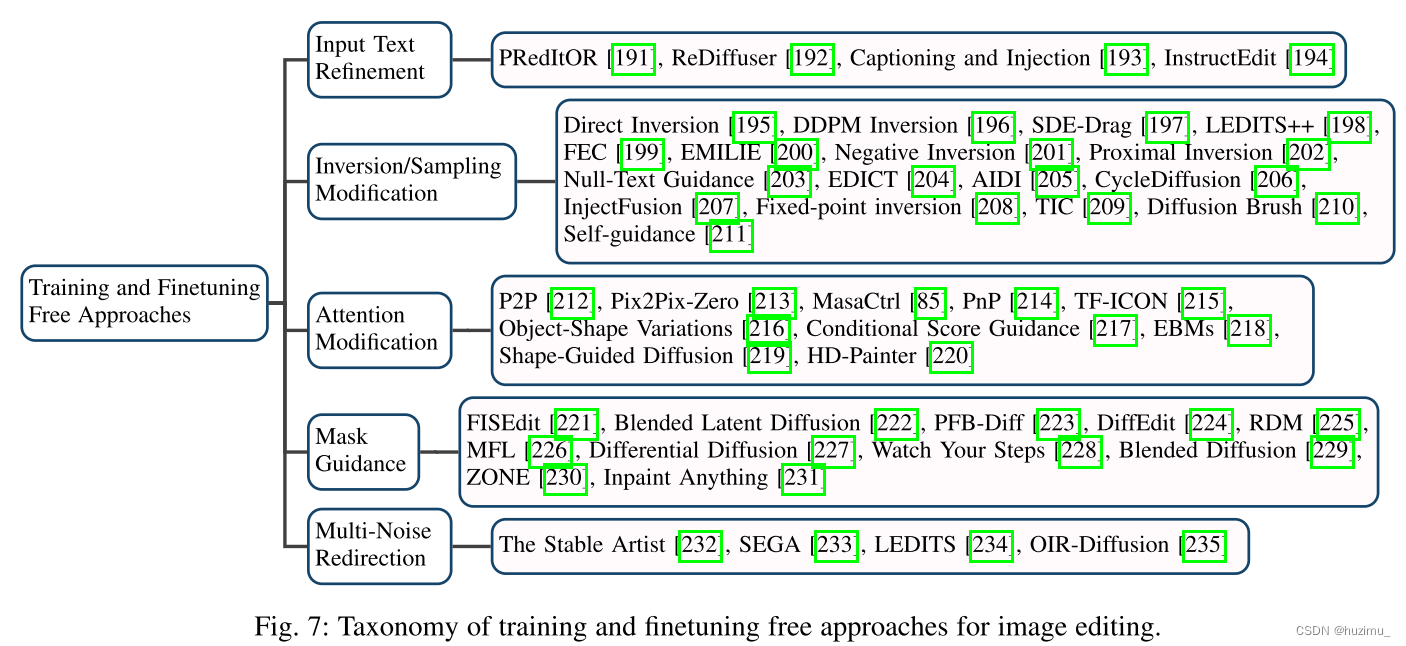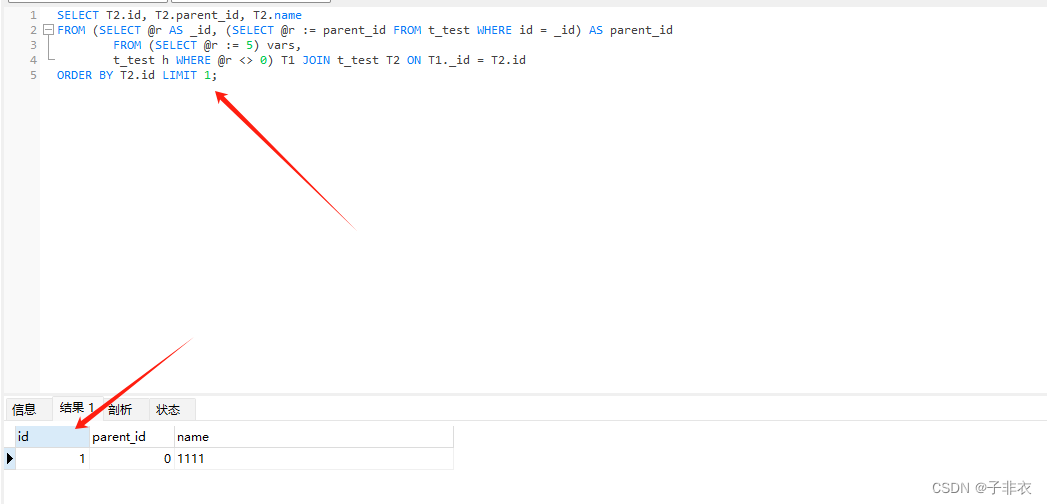效果图:两个点击事件,显示不同的fragment布局
默认是如下图,点击页面一也如下图
点击页面二如下图:
Android Fragment的生命周期是与其所在的Activity紧密相关的。当一个Fragment被添加到Activity中时,它将经历一系列的生命周期回调方法。以下是Fragment生命周期的主要阶段
- onAttach():当Fragment与Activity关联时调用。在此方法中,Fragment可以访问它所在的Activity实例,例如通过getActivity()方法。
- onCreate():创建Fragment时调用。在此方法中,应初始化Fragment所需的组件。
- onCreateView():Fragment需要创建视图时调用。在此方法中,Fragment应该初始化它的UI组件并返回一个View对象,这个View对象将成为Fragment的根视图。如果Fragment不提供UI,可以返回null。
- onActivityCreated():当Activity的onCreate()方法完成后调用。此时,Fragment可以与Activity中的视图进行交互。
- onStart():Fragment变为可见时调用。
- onResume():Fragment开始与用户交互时调用。此时,Fragment可以接收用户输入。
- onPause():Fragment将要停止与用户交互时调用。在此方法中,应提交任何需要持久化的更改。
- onStop():Fragment不再可见时调用。
- onDestroyView():Fragment的视图被销毁时调用。此时,应释放与视图相关的所有资源。
- onDestroy():销毁Fragment时调用。在此方法中,应清理Fragment持有的所有资源。
- onDetach():Fragment与Activity解除关联时调用。
需要注意的是,Fragment的生命周期受其所属的Activity影响。例如,当Activity进入暂停状态时,其中的所有Fragment也会进入暂停状态。当Activity被销毁时,所有的Fragment也会被销毁。
Java代码实现
public class MainActivity extends AppCompatActivity {private RadioGroup rg;@Overrideprotected void onCreate(Bundle savedInstanceState) {super.onCreate(savedInstanceState);setContentView(R.layout.activity_main);rg=findViewById(R.id.rg);FrameLayout fragment=findViewById(R.id.fragment);//默认显示的Fragmentfragment.getViewTreeObserver().addOnGlobalLayoutListener(new ViewTreeObserver.OnGlobalLayoutListener() {@Overridepublic void onGlobalLayout() {//getSupportFragmentManager 管理器FragmentTransaction transaction = getSupportFragmentManager().beginTransaction();transaction.replace(R.id.fragment,new FirstLayout());transaction.commit();fragment.getViewTreeObserver().removeOnGlobalLayoutListener(this);}});//点击选中rg.setOnCheckedChangeListener(new RadioGroup.OnCheckedChangeListener() {@Overridepublic void onCheckedChanged(RadioGroup radioGroup, int i) {switch (radioGroup.getCheckedRadioButtonId()){case R.id.rb1:FragmentTransaction transaction = getSupportFragmentManager().beginTransaction();transaction.replace(R.id.fragment,new FirstLayout());transaction.commit();break;case R.id.rb2:FragmentTransaction transaction1 = getSupportFragmentManager().beginTransaction();transaction1.replace(R.id.fragment,new SecondFragment());transaction1.commit();break;}}});}
}
- xml
<?xml version="1.0" encoding="utf-8"?>
<LinearLayout xmlns:android="http://schemas.android.com/apk/res/android"xmlns:app="http://schemas.android.com/apk/res-auto"xmlns:tools="http://schemas.android.com/tools"android:layout_width="match_parent"android:layout_height="match_parent"android:orientation="vertical"tools:context=".MainActivity6"><RadioGroupandroid:id="@+id/rg"android:layout_width="match_parent"android:orientation="horizontal"android:layout_height="wrap_content"><RadioButtonandroid:id="@+id/rb1"android:layout_width="wrap_content"android:layout_height="wrap_content"android:button="@null"android:text="页面一"android:background="@color/bgdialogpress"/><RadioButtonandroid:id="@+id/rb2"android:layout_marginLeft="20dp"android:layout_width="wrap_content"android:layout_height="wrap_content"android:button="@null"android:text="页面二"android:background="@color/bgdialogpress"/></RadioGroup><FrameLayoutandroid:id="@+id/fragment"android:layout_width="match_parent"android:layout_height="match_parent"/>
</LinearLayout>
- 下面列举 FirstLayout 、 xml布局,SecondFragment和下面相似,自己建一个就行
//Java处理
public class FirstLayout extends Fragment {@Nullable@Overridepublic View onCreateView(@NonNull LayoutInflater inflater, @Nullable ViewGroup container, @Nullable Bundle savedInstanceState) {View inflate = inflater.inflate(R.layout.fragment_first, container, false);return inflate;}
}
//xml布局
<RelativeLayout xmlns:android="http://schemas.android.com/apk/res/android"xmlns:tools="http://schemas.android.com/tools"android:layout_width="match_parent"android:layout_height="match_parent"android:padding="16dp"tools:context=".MainActivity"><Buttonandroid:layout_centerInParent="true"android:id="@+id/resetButton"android:layout_width="wrap_content"android:layout_height="wrap_content"android:text="页面一"/>
</RelativeLayout>